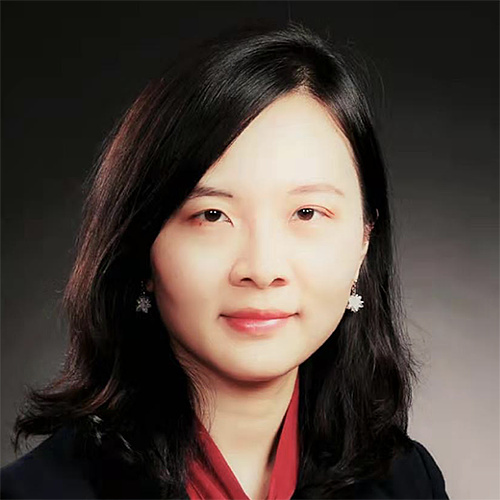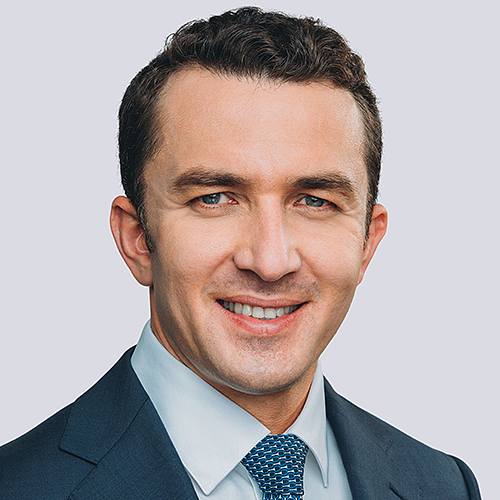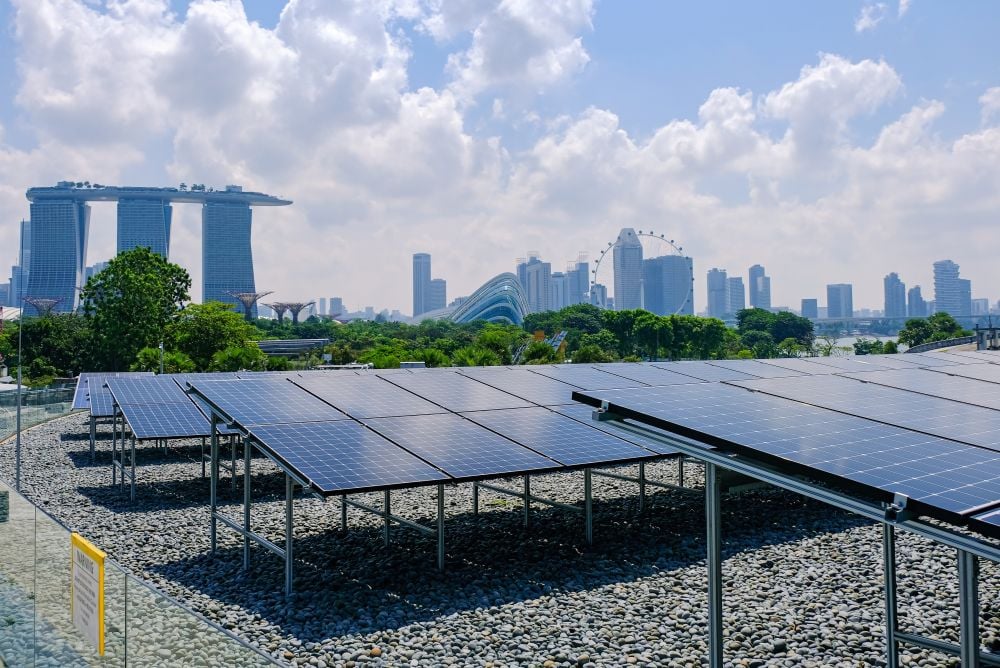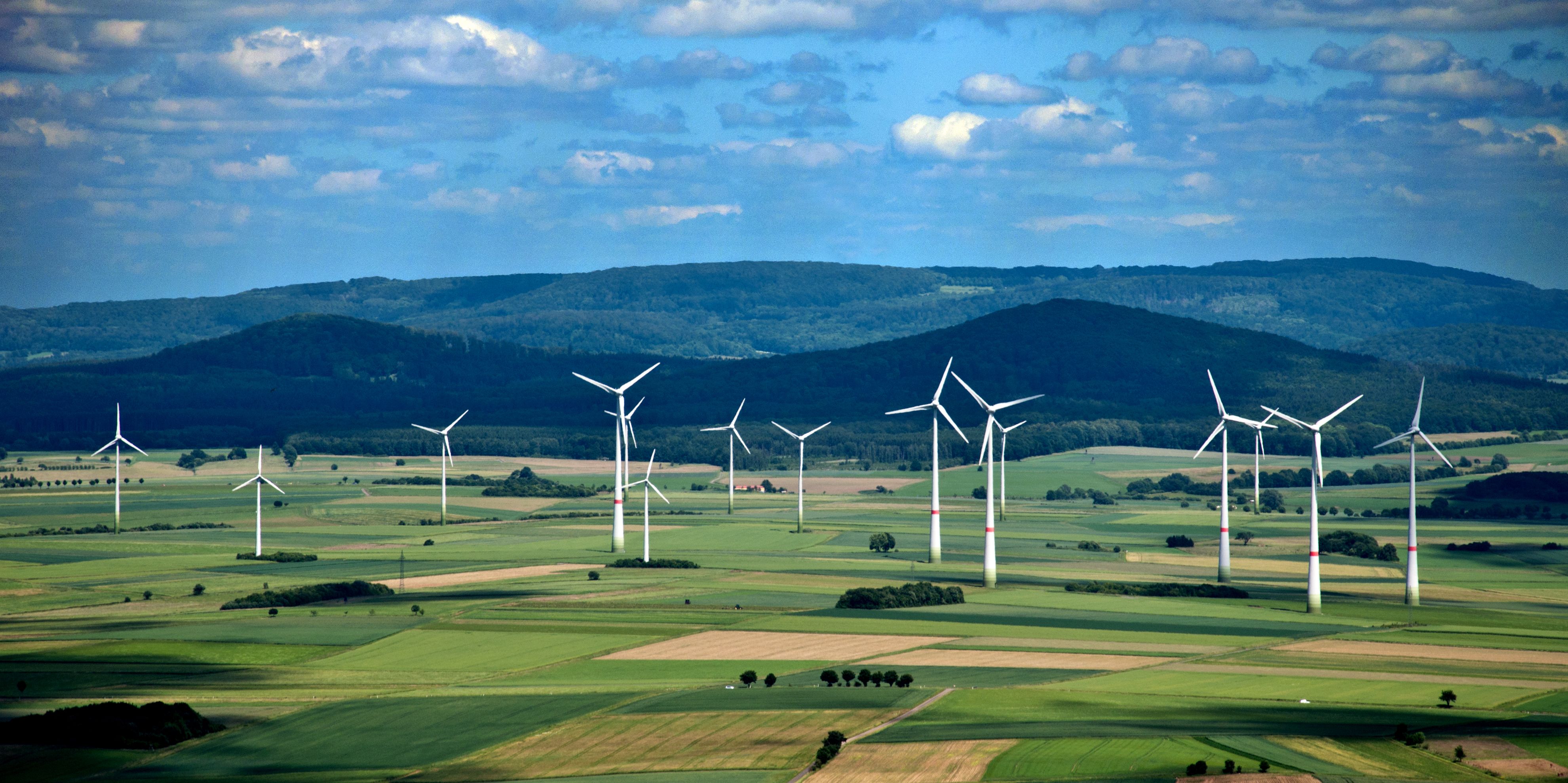Different segments of the commodities market will have mixed performances in the near term, says Société Générale which is bearish on energy and bullish on precious metals. Agricultural products and base metals are believed to trade mostly sideways, with some upside potential for base metals in the medium term, it forecasts. Its Analysts suggest, however, that retail investors should again begin to consider equity funds with a wide exposure to commodities futures. Currently, fund flows are overweight in bond funds, given the low interest rate environment and a pessimistic outlook on the equity market.
In the coming months, precious metals are most promising, says Jeremy Friesen, commodity strategist at SG. Rising prices in real terms and continuously high inflation expectations around the world will act as drivers for gold and silver. In addition, developments on the Indian market, which is the world’s largest holder of private gold and second largest importer of gold, will likely have a positive effect on the metal. “As the Indian economy recovers and the rupee stabilizes, we should see an improvement – and you actually see this trend already,” Friesen says. Nonetheless, SG does not expect markets to see a record gold price next year.
A candidate better situated to grab investors’ attention is palladium, a precious metal used primarily in the production of catalytic converters. SG forecasts palladium to reach US$800/oz by the end of Q3 2013 and US$1000/oz in 2015, up 34% and 64% respectively against the relevant forward rate. Especially in emerging markets, “gasoline will be the disproportionate part of the auto industry and this should benefit Palladium. So we think the metal with the most upside is palladium,” explains Friesen.
Copper and aluminium see opposing trends. While structural shortages globally – as evidenced by power outages in India and Brazil – have reduced inventories and lifted prices of copper, the metal is trading above its marginal cost and should thus see a correction downward in the near to long term. Aluminium prices, on the other hand, are well below marginal costs and are expected to take off in the longer term, despite strong Chinese production and relatively high inventories.
In terms of energy commodities, skepticism prevails. Demand drivers for growth are moderate, and while non-OPEC supply has grown, this will likely be balanced by OPEC output reductions – keeping the outlook on crude and refined oil products moderately bearish. A mild winter prediction in North America also leads the bank to believe natural gas will lose ground significantly, dropping 26% over the forward rate to US$2.63/mm Btu in the fourth quarter this year.
On agricultural products, arable land and water supplies are dwindling, putting upward pressure on land-intensive products in the long term. Corn and wheat are expected to come down from their current high levels, provided weather turns favorable and the US does not experience a continued drought.
Friesen highlights positive developments in the Eurozone, citing decreasing two-year government rates both overall and in peripheral countries.
There are a variety of channels for Hong Kong investors to participate in the commodities markets around the globe. Gains (and losses) are mostly realized on futures markets and exposure on listed companies with their key businesses in industries such as mining, refinery and agriculture. Interest in funds tracking these products has slumped, however.
Derek Ng, head of distribution, Hong Kong, SG Securities, says that until August 2012, 68% of gross sales to retail investors came from bond funds and 20% from equity funds. This compares to 80% of sales from equity funds and 6% from bond funds in 2007. Ng attributes this mostly due to the low interest rate environment: “Most retail investors are looking for deposit replacements that give them regular payouts, preferably monthly. Secondly, investors are still cautious about the outlook on equity markets.”
Risk aggressiveness, though, has increased as growing interest in high yield bonds and balanced funds since the beginning of the year demonstrates, he says. Ng recommends retail investors to diversify their portfolios more, given that fixed income products remain overweight. One such channel to accomplish this can be the Lyxor Agriculture Fund that was launched in 2008 with a size of US$17.91 million. It tracks both agricultural futures via the Dow Jones Commodity Index (DJ-UBSCI℠) and listed companies with key business in the agricultural sector at an exposure ratio of 80/20. Cumulative fund performance was up 6.32% in the past 12 months, 12.01% in the last two years and 40.43% when compared to three years ago.









